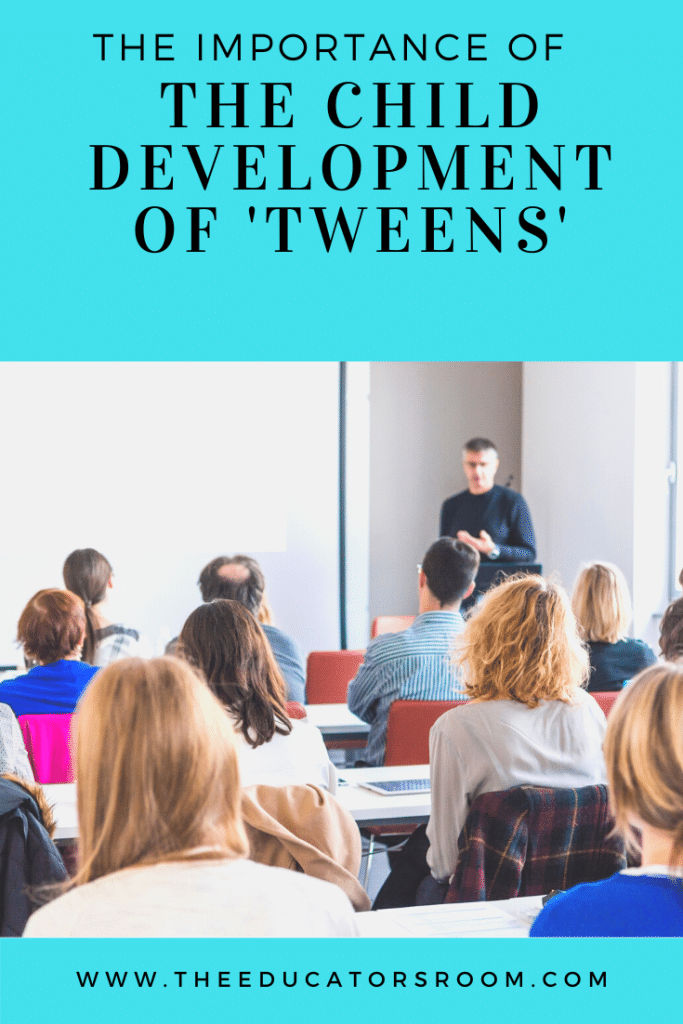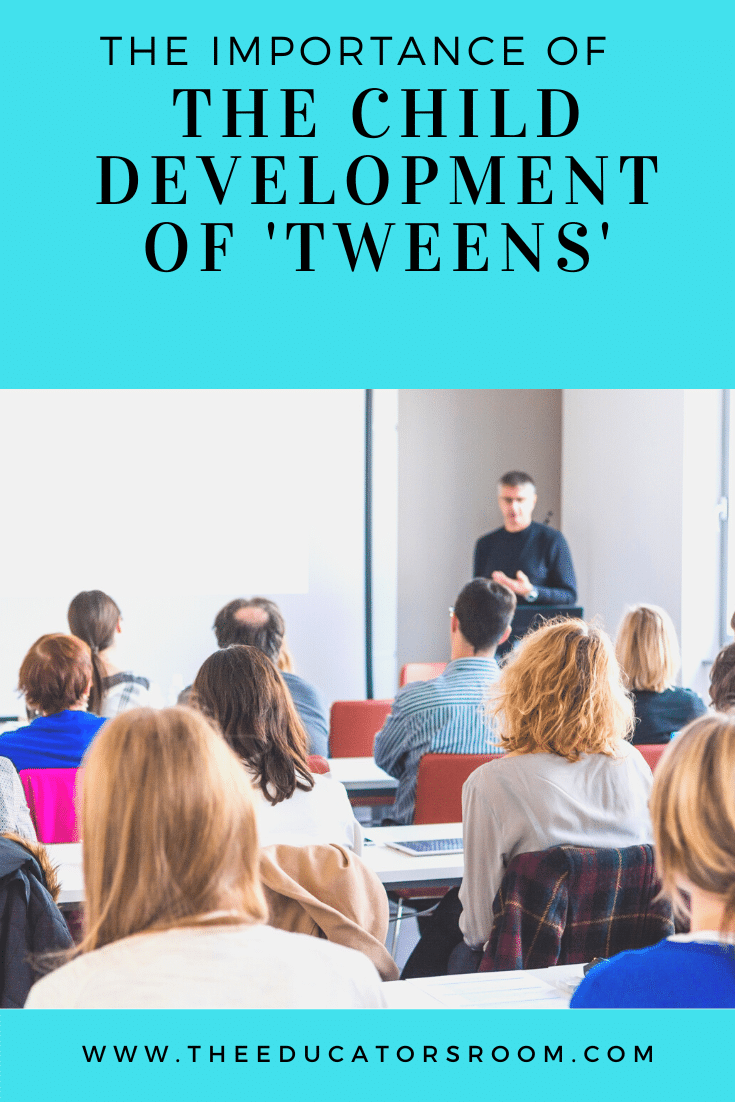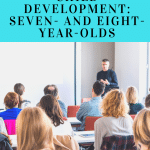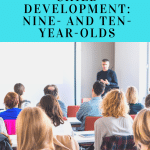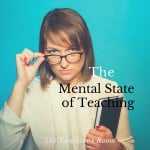If only we could get into the heads of our eleven-, twelve- and thirteen-year-olds and their child development. These kids are experiencing so many different emotions in rapid secession, it is difficult to understand them, let alone help them.
Let’s check out child development for these ages kids from our five main areas:
Cognitive Development:
Kids at these ages are becoming more independent, which affects the relationships around them. They don’t want adults interfering with even the minor details and may come across as rude or disrespectful. Children begin to take more pride in their work, usually focusing most of their energy on one or two subjects they are strong in, while the other subjects may suffer. They are realizing there is more to life than their immediate surroundings and may begin developing long-term goals with a focus on high school and beyond. Tweens enjoy challenges and are capable of thinking in more abstract terms. They are also able to assimilate and synthesize information and develop well-thought-out opinions and defend those stands.
Social and Emotional Development:
Most children at these ages may feel very vulnerable. These kids are caught between being young adult and a child. Their bodies are changing at a rapid pace and are not necessarily changing the same way that their peers’ bodies are changing. Girls are beginning to develop noticeable breasts and may even begin getting their periods at these ages, which introduces a new emotional role for them. This impending adulthood may be viewed as scary or exciting, depending on how others close to her perceive it. The changes for boys are not nearly as dramatic. Voices begin changing, more hair growth is noticeable, and some boys begin daydreaming about sexual experiences, but most will not act on them.
‘Tweens,’ as this age group is sometimes called, are very awkward at this stage of development. Girls are developing more rapidly than boys and may be embarrassed about their bodies. Boys may not be developing as quickly as they would like and may experience a lack of confidence. Most kids at this age have a ‘best’ friend. Social interaction between opposite sexes is awkward, to say the least, and can even be somewhat uncomfortable between same-sex relationships. Therefore only a few confidantes exist. Girls especially experience many relationship roller coasters with friends of the same sex.
Both sexes are very concerned about what others may think of them, and most may retreat to their rooms and prefer being alone instead of with family. Relationships with parents may also take on a new role. Boys who were very close to their mothers may begin to distance themselves, and daughters who were close to their fathers may do the same.
Speech and Language Development:
Children at this age have a huge vocabulary, some of it being a bit off-color at times. Tweens can also become a bit lippy, pushing verbal boundaries with grown-ups. Experimentation of foul language may continue, especially around close friends.
Gross Motor Skills:
Activity is a huge part of eleven, twelve, and thirteen-year-olds. They need an outlet for their never-ceasing energy. Kids at these ages are normally very competitive and can become physical if they lose a game, even if it means turning on their own teammates.
Fine Motor Skills:
Fine motor skills are pretty much honed for typical children of these ages. They are very capable of managing handwriting if they slow down enough, and their hand-eye coordination is excellent.
As adults, we need to remember to keep the lines of communication open with these kids. Communication has always been important, but it is crucial for these ages. Kids will have all kinds of questions, and if they feel that their adults do not view the questions as important, they will seek answers from others who may not share the same value system. Be very careful of their feelings and how situations are handled. Kids at these ages will shut down if they feel adults are not viewing their ideas, thoughts, and actions as important; they are constantly wearing their emotions on their sleeves. Adults need to be aware of who their children are hanging out with, what activities they are participating in, and how they are doing in school. The teacher-adult-student communication is imperative.
